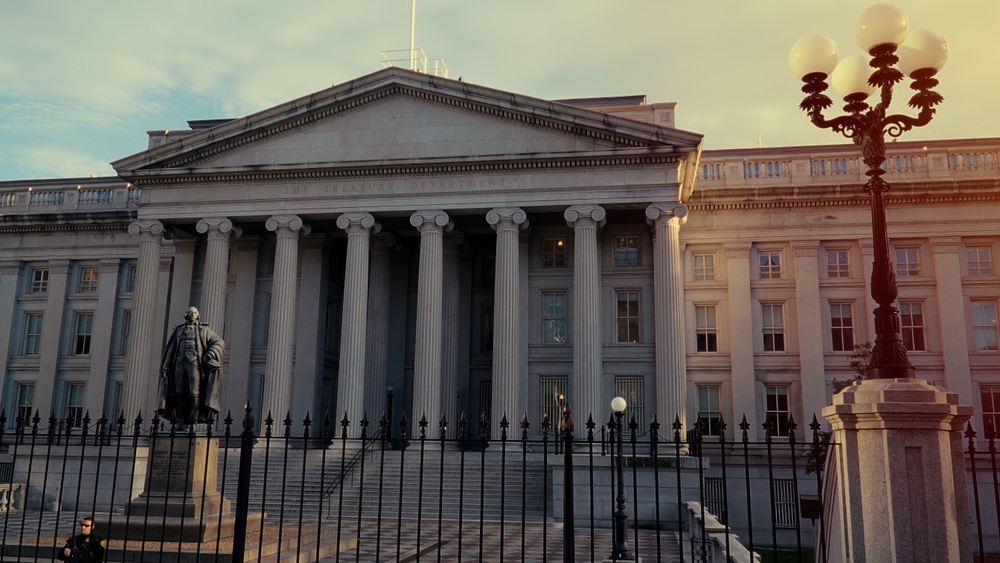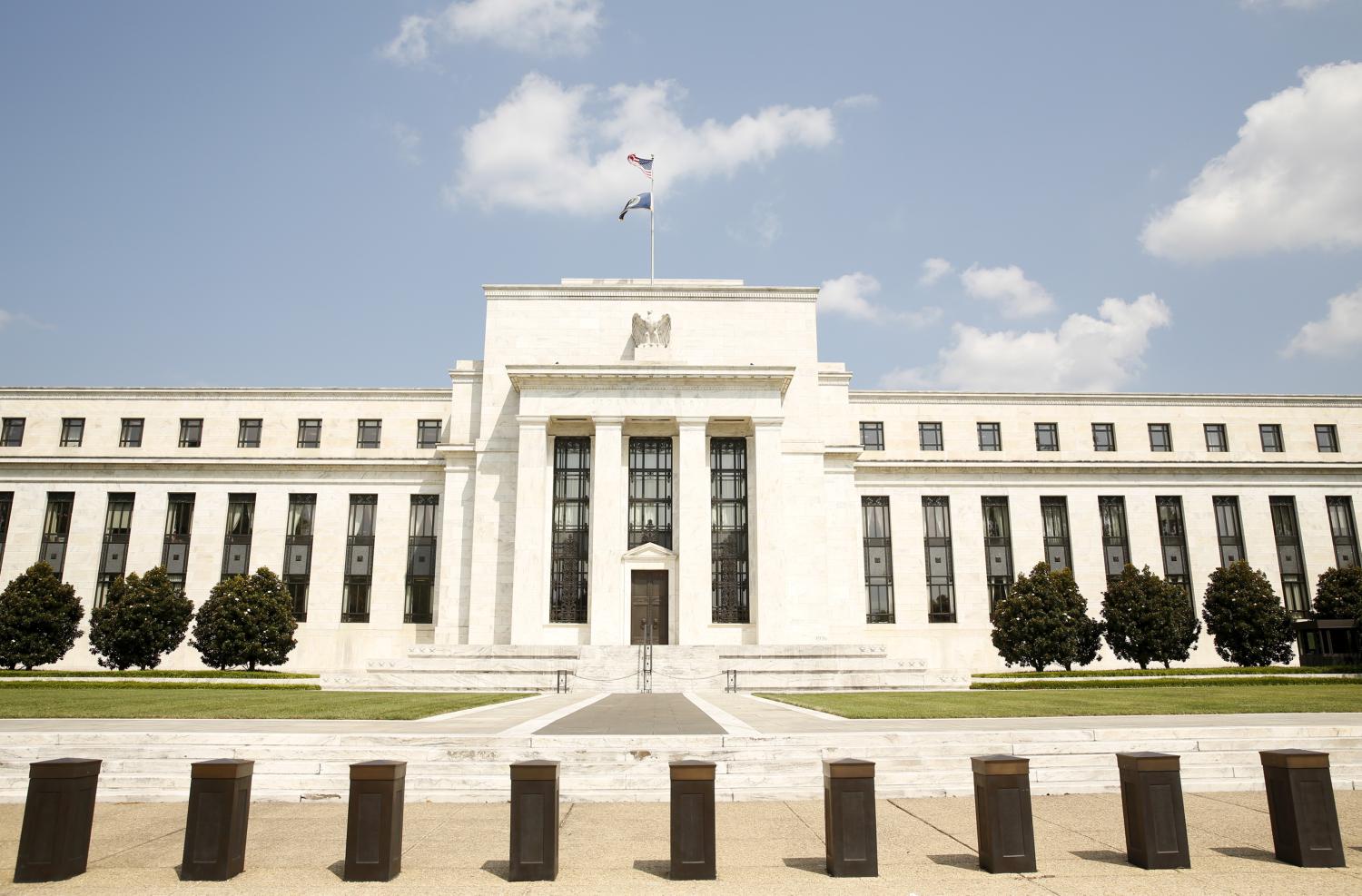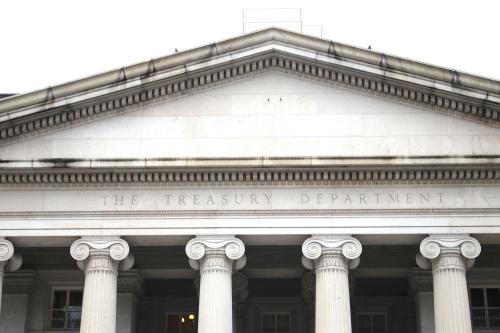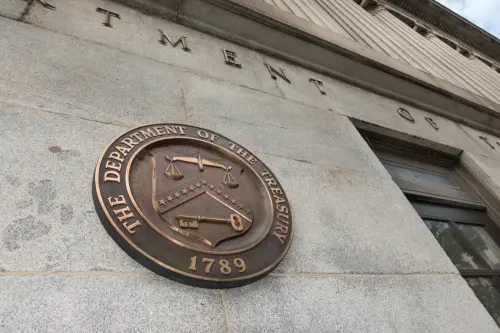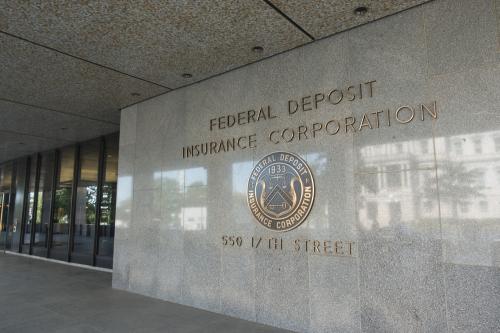The U.S. Treasury market is the world’s deepest and most liquid market, and its resilience is critical for asset pricing and liquidity risk management. Maintaining liquidity is increasingly important as Treasury debt grows rapidly, placing greater demands on market infrastructure and intermediation capacity. Treasury debt held by the public has risen to 97% of GDP, and the Congressional Budget Office projects that, following the passage of the One Big Beautiful Bill Act, it will rise to 124% by the end of 2034. Treasury repo and reverse repo financing at primary dealers has grown to $5.4 trillion daily in April 2025.
This paper examines central clearing for Treasury cash and repo, a key regulatory initiative designed to strengthen the resilience of Treasury market intermediation. Central clearing offers significant benefits by reducing risks and increasing dealer balance sheet capacity through netting of repo across market segments. We estimate that balance-sheet netting benefits for primary dealers could be substantial, up to $700 billion, if all their Treasury repos were centrally cleared as of April 2025. This amount is nearly double primary dealers’ total net position in Treasury securities of $384 billion. The sizable netting opportunity also reflects the large net lending by money market funds and large net borrowing by private funds.
These clearing benefits are relevant to the recent proposal by federal banking regulators to reduce the biggest banks’ Supplementary Leverage Ratio (SLR). The netting benefits improve the inverse tradeoff of the SLR: risks of banks and bank holding companies versus market intermediation capacity. Still, the recent proposal to reduce the eSLR surcharge given current risk-based capital is consistent with better capital policy because a moderately reduced SLR requirement is less likely to be the binding regulatory capital constraint and does not lead to a significant reduction in required capital.
We also support an exclusion of Treasury securities held in the trading account from the denominator of the SLR because they are marked-to-market and receive a market risk capital charge. Doing so could improve the elasticity of Treasury market intermediation in periods of stress. However, we do not support an outright exclusion for all Treasury securities from SLR because there is no risk charge in the risk-based capital framework for these securities in banks’ investment accounts. For the same reason, we do not support a significant reduction in the SLR unless it is paired with an increase in a risk-based capital buffer for interest rate risk. Moreover, an increase in Treasury securities held in the banking book would do little to increase dealer market-making in periods of stress. Finally, excluding reserves from SLR could add significant balance sheet capacity with little interest rate risk.
In sum, the balance-sheet netting benefits of Treasury clearing reduces the need for substantial reductions in the SLR, but targeted SLR adjustments can further improve the scale and elasticity of Treasury market intermediation. These reforms will have substantial benefits but ultimately Treasury market resilience will also require efforts to reduce the rapidly growing amount of debt.
-
Acknowledgements and disclosures
Haoxiang Zhu previously served as director of the Division of Trading and Markets at the Securities and Exchange Commission from December 2021 until December 2024. Nellie Liang served as under secretary for domestic finance at the Treasury Department from July 2021 to January 2025.
The Brookings Institution is committed to quality, independence, and impact.
We are supported by a diverse array of funders. In line with our values and policies, each Brookings publication represents the sole views of its author(s).


